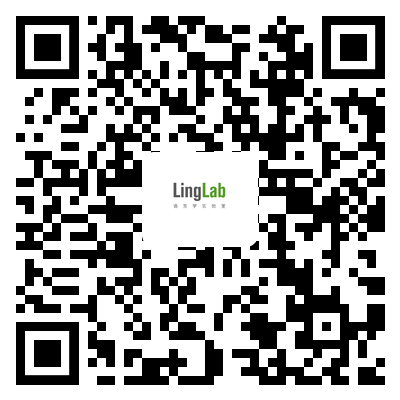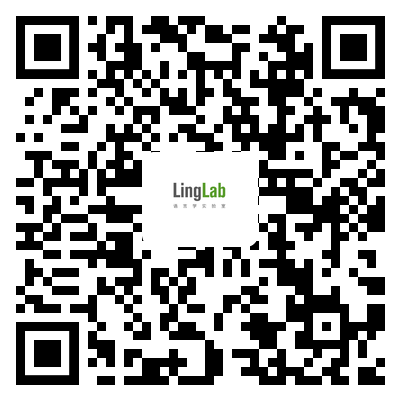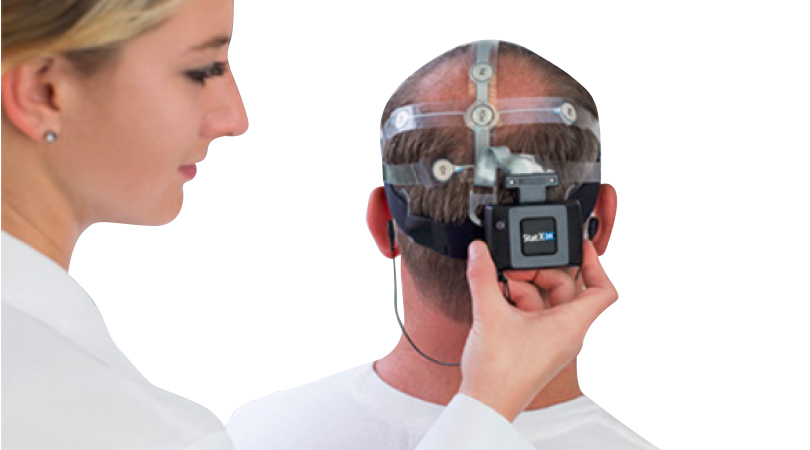1208 阅读 2020-03-17 14:19:27 上传
The following screen cast will provide you with a demonstration of the acknowledge automated analysis routine for converting digital inputs to Stim Events.There are many programs that are used for presenting different forms of stimulation or stimuli,two subjects, and quite often they provide digital outputs that the MP hardware can capture and save for further analysis.And Those programs are super lab the prime presentation visit and many othersthis particular file we're looking at contains three channels of digital event marker informationwhich I used to indicate when stimuli were presented to a subject.And this analysis routine is locatedin the mainland as analysis menu in the submenu stem response and in the digital input to stim events filename,when you launch the the routinethe first thing you're asked to do is to define where your event marks are located.Now in the BIOPIC hardware you have 16 digital channels of data,and there into blocks of eight. So you can selectthe first block D0-D7,the second block D8-D15,Or you can just select all digital lines.Alternatively,you can specify the channels that you're interested inThis also gives you the option of using analog channels if you have some analogmarker Information, as long as it's zero, two,five volts, you can convert that data over as well.In this case we've got three channels,channel 20 channel 22 on channel 27 that contain digital Information,We hit ok,we then asked to enter a transition latency period.And that allows you toidentifycombinations of events as one particular type of stimuliIn other words if you have a digital mark on the first channeland you have a corresponding one on the second and the third it will recognize,them as being one particular event providing,And I'm going to use 50 millisecondsProviding the three marks occur within 50 milliseconds of one another.That latency can be can be very useful if you're capturing digital Information from a parallel port.where sometimes there's a little bit of a latency between the different channels.And this just allows you to overcome that problem.So I'm using 50 milliseconds for my window. I'm going to hit Okay.Now the software is going to go through and locates the different types of stimuli and label them accordingly.If you look along the global event by,you can see there are a number of light bulbs.Those light bulbs are the marker type for a stim event.Eventually, what will happen once it'sfinished identifying the different types it will just leave the appropriate labels thereready for further analysis. So now if we take our magnifying glassand we zoom in over an area of data, like so, we can seethis is an event type one.event type four,event type two,then type six,these two are deemed to be together.Event type one,event type two.So it's gone through and it's identified and marked and labeled them allthen type four for the bottom channel,And so now we can use that data for further analysisAnd If you use theelectrodermalevent related EDA analysis.That particular routine will use thesestimulus events to identify the different types ofevents,and then it will measure the skin conductance responses relative to the stimuli that was presented.So it's a very useful tool. Andit's used alsoin the find peak. So you can look for events.It's going to ask for the event type.And if we go to stem response we can set stem delivery,so now the software will look for stimulus delivery events in the global bar.And We can take measurements around those.That concludes this demonstration of the acknowledge digital input to stim events routine.












